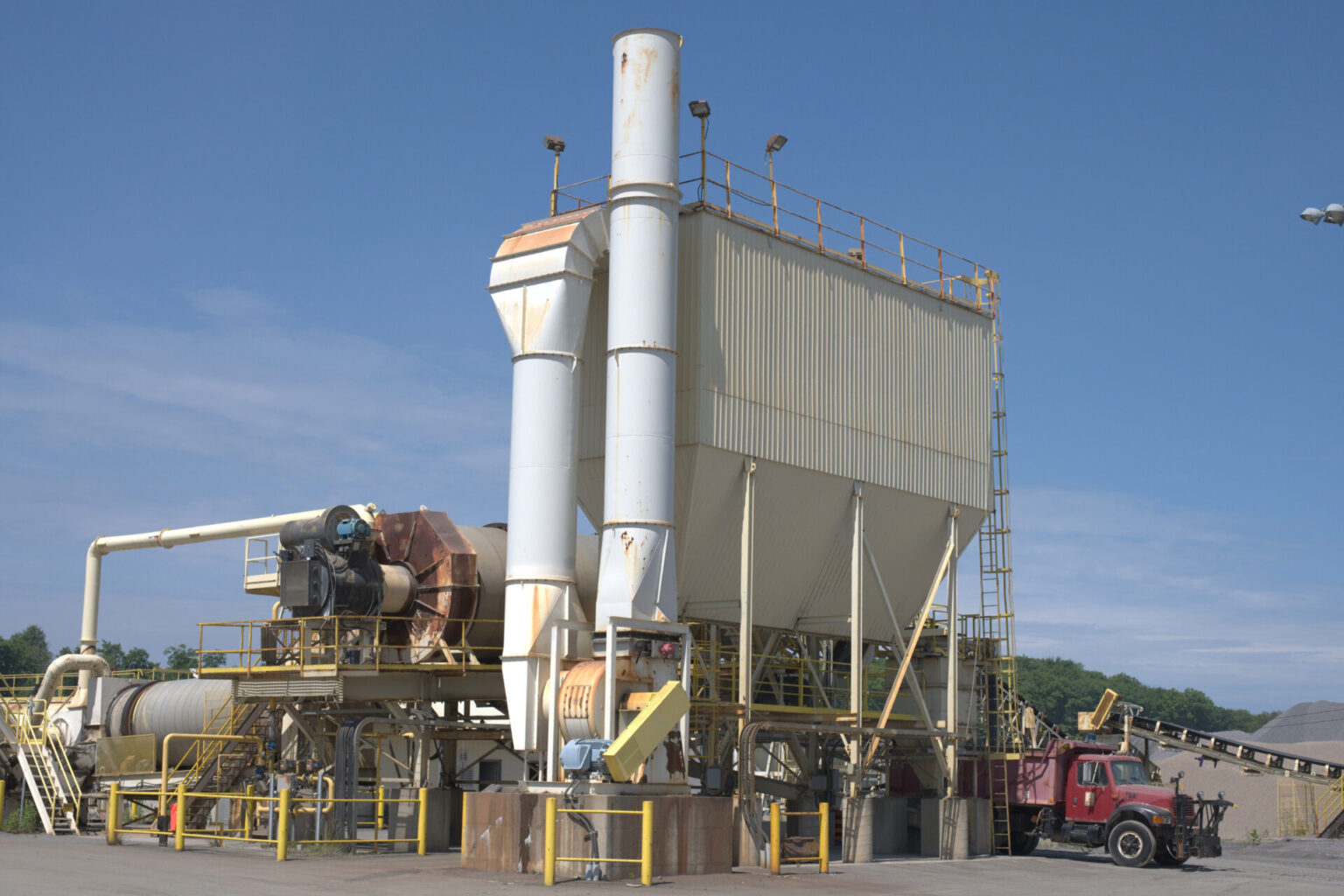Hot mix Asphalt Sales
Hot Mix Asphalt contact:
James Gordon
Material Sales and Technical Manager
Direct 705-646-5713
Email jgordon@fowler.ca
Hot Mix Asphalt (HMA) is a commonly used paving material in road construction and maintenance. It is an engineered mixture of aggregates, such as crushed stone, gravel, sand, and asphalt binder. The term "hot mix" refers to the asphalt binder and aggregates being heated and mixed at a high temperature before being laid down and compacted on the road surface.
Fowler offers a wide variety of asphalt mixes for your paving project. From driveway mixes to high-performance surface course asphalt on MTO highways, Fowler has got you covered. Fowler produces both Marshall and Superpave asphalt hot mix.
Here are the key features and components of Hot Mix Asphalt:
- Aggregates: The aggregates used in HMA provide the structural strength and durability of the pavement. The selection of aggregates depends on factors such as size, gradation, shape, and source material.
- Asphalt Binder: The asphalt binder is a bituminous material that acts as a glue to bind the aggregates together. It provides flexibility, waterproofing, and durability to the pavement. Asphalt binders are typically derived from crude oil refining.
- Mix Design: The mix design is a crucial aspect of HMA production. It involves determining the appropriate proportions of aggregates and asphalt binders to achieve the desired performance characteristics, such as stability, durability, and flexibility.
- Production Process: The production of HMA occurs in asphalt plants. Aggregates are heated to a high temperature, typically between 300°F and 350°F (150°C to 180°C), before being combined with the hot liquid asphalt binder. The resulting mixture is transported to the construction site while desirable and workable.
- Placement and Compaction: HMA is placed on the road surface using specialized equipment, such as pavers. After placement, the mix is compacted to achieve the required density and eliminate air voids. Compaction is crucial for the long-term performance of the pavement.
- Application Areas: Hot Mix Asphalt is commonly used in various applications, including roadways, highways, airport runways, parking lots, and other pavements.
- Performance Characteristics: HMA is known for its excellent load-bearing capacity, resistance to wear and tear, and durability. It provides a smooth and skid-resistant surface for vehicles.
Relevant transportation agencies or industry standards typically define the specific mix design and performance criteria for HMA. Engineers and contractors follow these specifications to ensure the asphalt mix meets the required quality and performance standards for a given project.

